Imagine for a moment that Mary is working for a company who has just instituted a hybrid work policy where she works in the office part of the week and at home the rest of the week. The policy is completely different than anything the organization has ever done; before COVID, everyone worked in the office full-time. While a welcome change, it’s taken a bit of time to navigate how to collaborate and work within Mary’s department, as well as, learning some of the new virtual tools she’s using. Plus, the communication from the company regarding changes has been vague and scattered.
In addition to this new policy, the company has announced they are downsizing and relocating the company (over 150 people) to the other side of town. Mary is still trying to figure out how to collaborate with others in this new hybrid environment, as well as, navigating childcare and now she’s going to have to figure that out while moving to a new office. Mary isn’t sure how she can be most productive or what this move is going to look like. It’s bringing on a lot of stress and anxiety that she doesn’t need, on top of everything else.
If you’ve had a similar experience or are navigating a lot of workplace change right now, you are NOT alone. Many organizations are experiencing quite a bit of change right now. What they are also experiencing are staff choosing to leave because they don’t feel like they have what they need to be successful, the company didn’t communicate well, or they simply didn’t like their boss.
Change management is critical to relieving stress and anxiety for employees. It’s natural for staff to be worried and anxious about change, and it’s imperative companies help by providing effective change management so they know what to expect.
Change management isn’t just the process of getting staff from point A to point B. It’s a messy blend of movement, including mapped-out communication of events, inventorying your space, vacating your current space, moving to a new space with new or existing furniture, and everything in between. It’s answering all of the questions, as well as, anticipating anything that will occur:



